British Architectural History 6 – Victorian
Categories: British Architectural History
Becoming Queen in 1837, Victoria began her reign at a time of great change in the country. The populations of towns and cities were rapidly multiplying as the working classes migrated from rural to urban areas in search of work in factories as a result of the Industrial Revolution.
Speculative builders took advantage of this trend and millions of houses were constructed in response to accommodation demands. Access to architectural publications and the mass production of details emulating the features of grander houses meant these buildings could cheaply create diluted versions of popular styles. The new terraces and semi-detached houses were likely to be influenced either by the Neo-Classical architecture of the previous century or the increasingly popular Gothic Revival.
The Gothic Revival
Since the Gothic style had been derided by an Italian architect during the height of the Renaissance, the general opinion towards medieval architecture had been low. However, in the 18th century, there was a growing interest and feeling of romanticism towards the past; ruined abbeys and castles were appreciated for their dramatic impact and a whimsical use of ‘Gothick’ details began to be employed to create picturesque buildings that were aesthetically pleasing in the landscape.
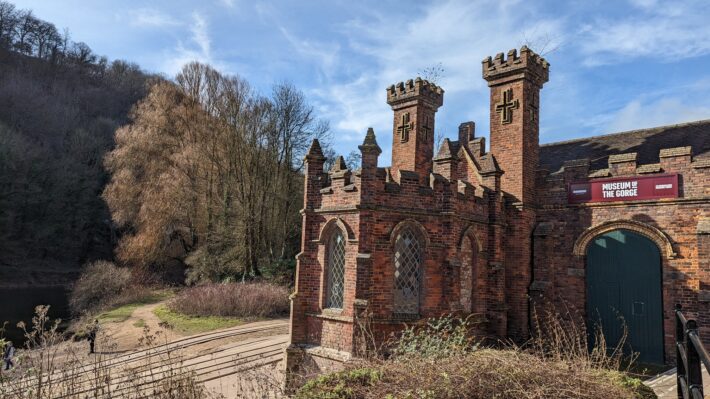
With the progression of the Victorian era, the enthusiasm for British history and architecture increased; the frivolous features evolved into historically accurate replication as academic understanding developed and architects used archaeological studies of medieval structures to inspire their designs. Famous examples of Gothic Revival buildings include the Houses of Parliament and St Pancras Hotel, both in London.
Victorian Gothic Revival homes were designed with steeply pitched roofs, forward-facing gables, hood mouldings, pointed arched windows with y-shaped glazing bars to imitate decorative window tracery, and ‘honest’ brickwork, as opposed to stucco-covered exteriors, with patterns of different colours (structural polychromy).
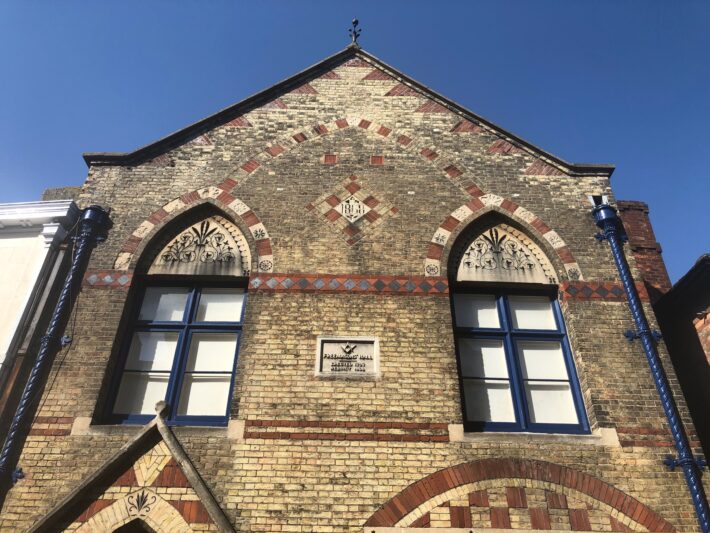
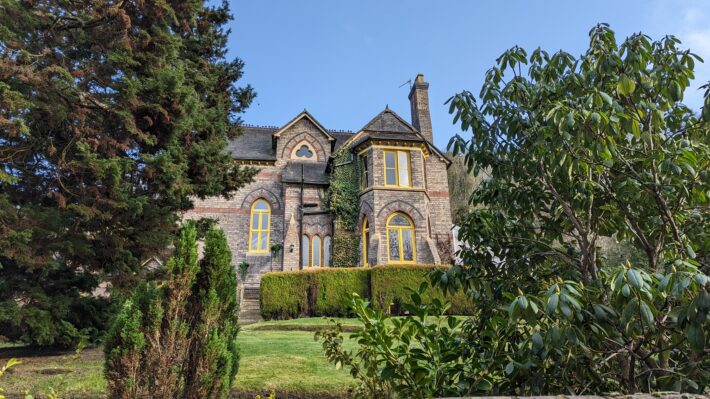
Other Revival Styles
Gothic was not the only architectural style being revived at this time. There was also the Neo-Romanesque (such as the Natural History Museum in London), Tudor (with mock timber framing and mullion windows), Queen Anne (with Dutch gables, red brick, white stone dressings and quoins) as well as styles from abroad.
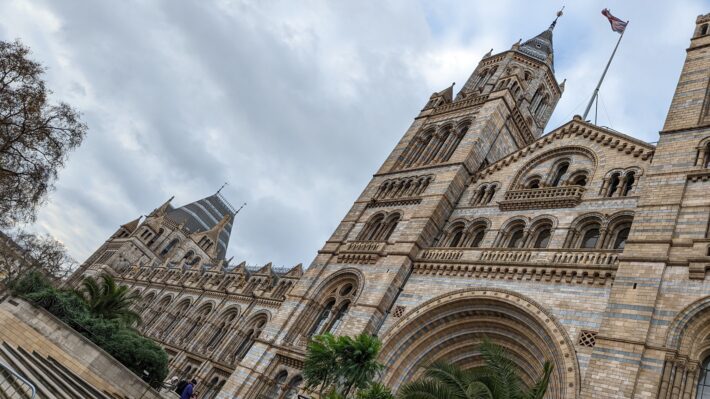
Italianate was a particularly popular design, endorsed by Royalty. Osbourne House is a typical example of this architecture with its Italian campanile-style tower, round-arched windows, low-pitched roof, and prominently bracketed cornices.
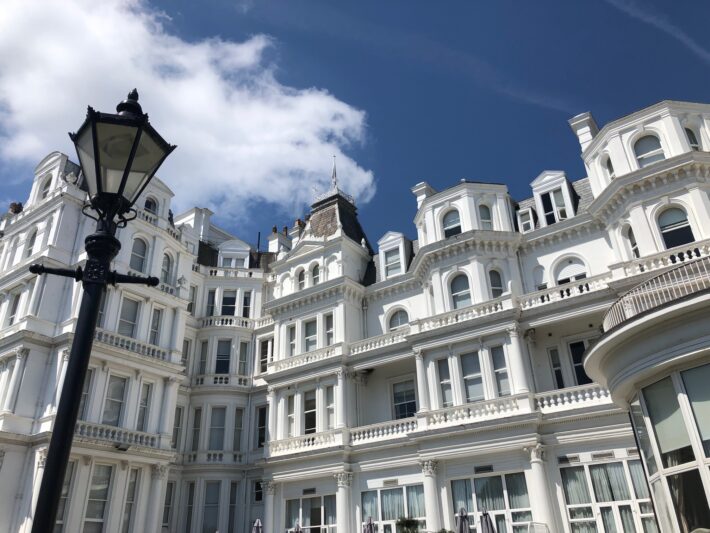
Arts and Crafts Movement
The Gothic Revival paved the way for the Arts and Crafts movement of the late 19th century. There was a desire to return to what was seen as ‘purer’ ways of living, embracing traditional methods and materials of the medieval age, and rejecting machines with their mass-produced poor-quality goods in favour of craftsmanship.
In architecture, this meant a return to vernacular styles, built with local materials and handmade decorative details. There was no standard look or layout, houses took simple forms inspired by the landscape and demands of the interior and were externally finished in regional styles such as roughcast render, tile hanging, pargeting and timber framing. As opposed to the verticality of Gothic Revival buildings, there was an emphasis on horizontality, with low-slung roofs and rows of mullion casement windows. William Morris was the champion of this revolution in design and his company produced many of the decorative finishes that adorned the interiors of these houses.
Although Gothic-inspired buildings are rarely built today, Tudor revival style homes are enduringly popular and designs that are sensitive to the landscape and local vernacular, as seen with the Arts and Crafts movement, are favoured by many planning authorities.
Our architectural designers endeavour to create homes that are context-specific and reflect the local architectural environment. Here are two of such designs; The Montgomerie and The Cramlington, both of which have finishes that are commonly seen in the Southeast of England.

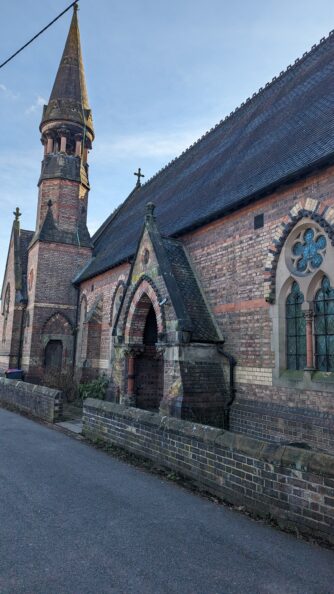
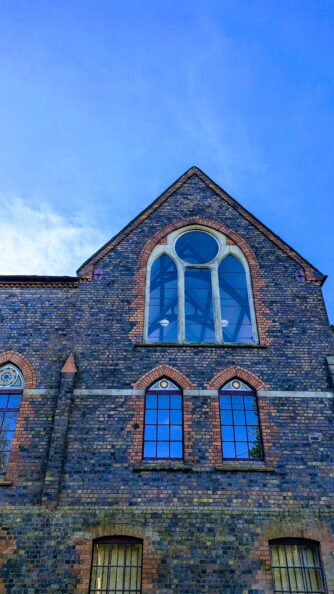
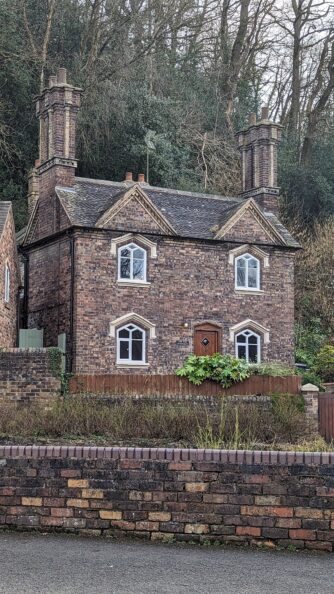
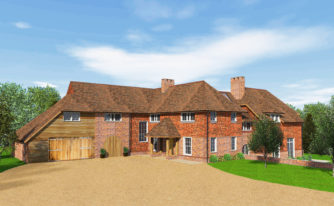
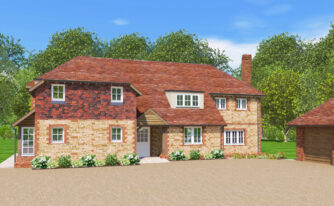
Comments are closed.